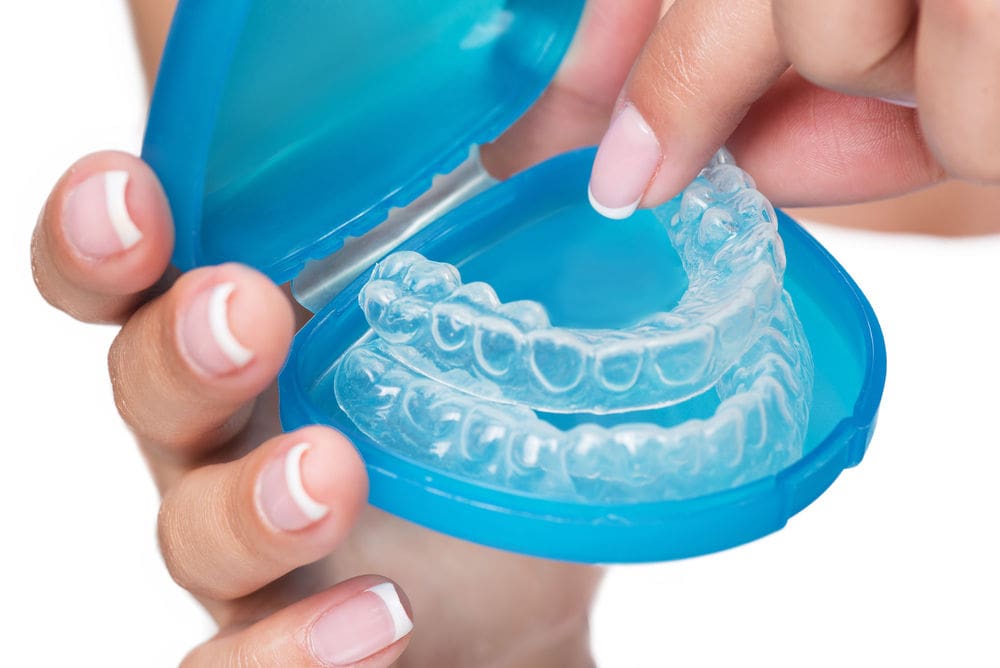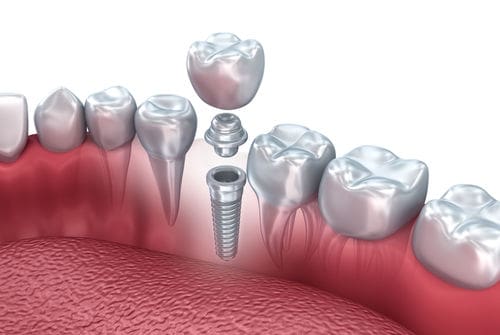Did you know that 15 million root canals are performed each year? Indeed, it’s one of the most common procedures that patients undergo. Despite how common it is, people are still apprehensive when it comes to root canals. This mostly stems from the lack of understanding of the procedure. Our patients learn that so long as they understand how the procedure works and what to expect, their nerves will settle. Root canals don’t take long, and most patients find that once it’s over, their tooth will never cause them problems again. This is why we thought it would be useful to put together a brief discussion on this subject. If this is something that you’re interested in, read on as we explain how root canal procedures really work.
Preparation
We begin by numbing the area. To numb the area, we inject a local anesthetic so you’re not in pain while we work on your teeth. We inject the local anesthetic into your gums and into the root of the tooth. Once the local anesthetic takes effect, we put a small plastic dam in your mouth. This dam protects the rest of your teeth while exposing the tooth that we are working on.
Access and Clean the Roots
We’ll now get access to the root canals and pulp chamber where the infection is located. We’ll create a small hole that gives us easy access. We can then use dental tools to clean out the root canals and pulp chamber. Our goal is to remove all of the infected or damaged pulp and treat the remaining tissue with antibacterial and antiseptic chemicals.
Shape the Canals
The next step is to shape the canals using dental tools. We do this so that we can fill them in the next step. The best way to do this is by cleaning out the canals again. That way, we can be sure that there are no bacteria or other debris left behind in the tooth.
Fill the Canals
Once the canals have been shaped and cleaned, it’s time to fill them. We fill the canals with gutta-percha, which is a rubber-like material. Once it’s in place, we heat and compress it so that the gutta-percha fills the canals fully. This will prevent bacteria from entering in the future. We then seal the gutta-percha in place using adhesive dental cement.
Seal off the Canals
Remember that small hole we drilled into your tooth to access the soft tissue and remove the dental pulp? The last step is to put a filling in that hole to close it up. A sealant is used to cover the hole. If the tooth is particularly weak or damaged, it may need a special post inside it before we can seal it off. This is so the tooth will be strong enough to support healing.
Conclusion
We hope this article proves to be useful when it comes to helping you gain a better understanding of root canal procedures. As you can see, there’s very little to be worried about when it comes to root canals. Feel free to look back on this article if you need a quick refresher on how root canals work.
Book an appointment with the best endodontist in Northern Virginia by contacting Liberia Dental Care! We provide unique dental treatments to patients of all ages. Services include pediatric, general, and cosmetic dental care. Discover your ideal solution for a healthier smile today. New patients are welcomed, and most insurances are accepted!





